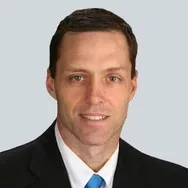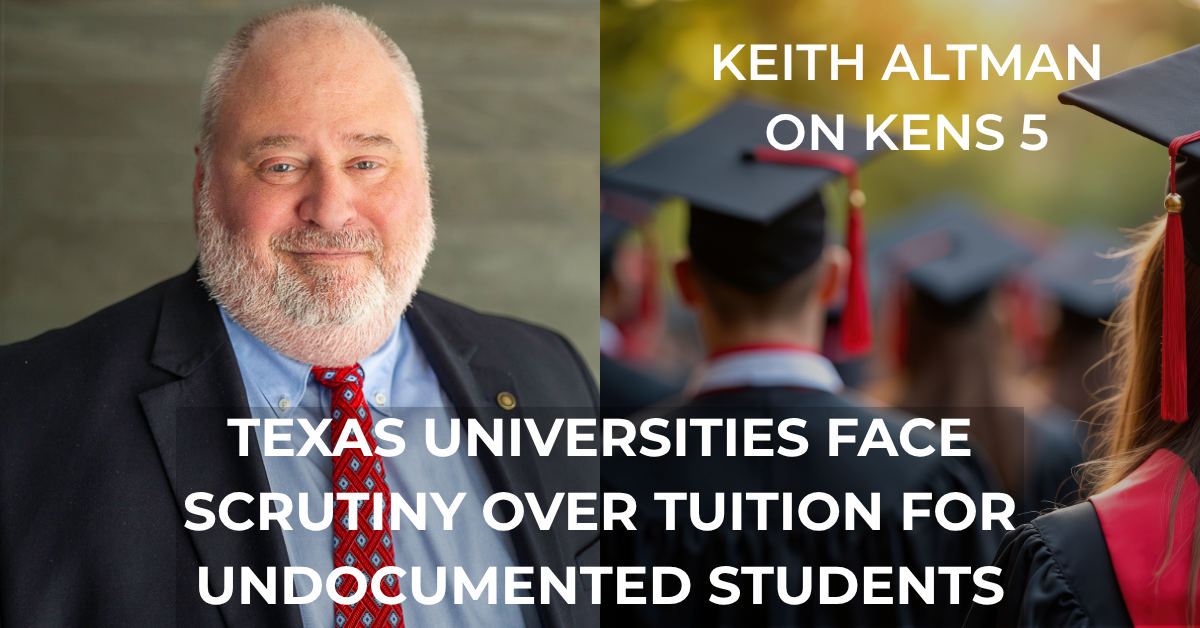Any sexual interaction with a kid that is pressured, forced, or manipulated by an adult, older adolescent, or even an older child is considered child sexual abuse (CSA). It encompasses a variety of behaviors, from exposing and unwanted touching to more serious offenses like sexual assault or exploitation. The age gap, the power disparity, and the child’s incapacity to completely comprehend or give consent to what is occurring are what make this behavior abuse.
It’s critical to differentiate CSA from peers of a similar age engaging in exploratory or age-appropriate sexual curiosity. Young children may try out of curiosity, but CSA entails purpose, manipulation, or injury and is frequently concealed by grooming, threats, or secrecy.
It is obvious that knowing CSA makes it easier to safeguard pupils and guarantees that we react correctly when abuse takes place in educational settings.
Types of Child Sexual Abuse
There are many different types of child sexual abuse, and not all of them entail physical contact. It’s critical to realize that abuse encompasses more than simply physical harm; it also includes emotional manipulation, control, and a breach of a child’s safety and confidence. The two primary forms of abuse are listed below.
Touching Offenses
These are the most physically intrusive and dangerous, but they also entail direct physical contact and are frequently simpler to spot.
- Making a youngster touch someone else’s genitalia or engaging in genital contact
Even in the absence of threats, abuse occurs when a teacher inappropriately touches a student or coerces them into touching the teacher. - Oral, vaginal, or anal penetration with bodily parts or things
This is regarded as one of the most serious types of sexual abuse and involves rape. In every state, it is unlawful and subject to legal penalties. - Engaging in physical touch during sexual “games”
In order to normalize inappropriate contact, abusers may pass off their behaviors as “play.” For example, they may convince kids that it’s a secret game to keep them safe.
Non-Touching Offenses
Even if there is no physical contact involved, these actions are extremely damaging, particularly to the victim’s emotions and mental health.
- Exposing kids to pornography
A youngster may be exposed to explicit content by an adult as a means of exploitation or grooming. - Indecent exposure
This includes masturbating in front of a child or exposing genitals to them, usually with the intention of shocking or controlling them. - Trafficking or prostitution as a means of exploitation
Unfortunately, some kids are forced to engage in sexual activity in order to get money or other advantages. This is a type of human trafficking as well as sexual abuse. - Voyeurism or sexualized photography
Abuse also includes surreptitiously observing a child undress or take a bath, as well as taking or sharing sexual images of them. - Making kids see sexual activities
Making a youngster see sexual activity, even if they aren’t directly involved, is abusive and can result in long-term damage.
Child Sexual Abuse in Context
We must examine the frequency of occurrences and the effects on a child’s growth, health, and future well-being in order to fully comprehend the impact. These figures and data make it easier to understand the importance of support and prevention.
Prevalence and Statistics
The prevalence of child sexual assault is much higher than most people realize:
- According to verified statistics, a child in the United States is sexually molested every nine minutes.
- Every year, more than 65,000 youngsters are confirmed to have been sexually abused.
- According to research, 1 in 13 males and 1 in 4 women experienced sexual abuse as children.
These figures reflect actual kids in homes, communities, and classrooms. The emotional and psychological harm caused by abuse can persist for a lifetime, even if there aren’t usually obvious symptoms.
Relation to Adverse Childhood Experiences (ACEs)
CSA is regarded as one of the most severe forms of Adverse Childhood Experiences (ACEs), which are traumatic childhood events that have a lasting impact on behavior and health.
Children who are sexually abused are more likely to:
- Mental health conditions such post-traumatic stress disorder (PTSD), anxiety, and sadness
- Abuse of substances as a coping method for emotional distress
- Chronic illnesses brought on by prolonged stress and its effects on the body include obesity, diabetes, and even cancer.
- Unexpected pregnancies and a markedly increased risk of suicide
Legal Definitions and Related Offenses
Laws establish precise limits on what behavior is considered criminal and what is considered acceptable, particularly when it comes to safeguarding children and students. Here are the legal definitions of CSA and associated offenses, with an emphasis on Iowa statutes.
CSA and the Law
Laws provide precise limits on what is acceptable. The more general category of sexual abuse in Iowa includes child sexual abuse. Legally speaking, it encompasses any sexual act that involves:
- Genital touch or penetration
- Sexual contact or fondling
The child’s consent is invalid if they are:
- Under the legal consent age, which in Iowa is normally under 16 depending on the situation
- Incapacitated, such as unconscious or under the influence
- Influenced or coerced, even in the absence of physical force
Related Terms and Offenses
Any non-consensual sexual intercourse is referred to as rape (Sexual Abuse in Iowa). This is classified as sexual abuse under Iowa law, which also covers conduct with juveniles for which consent is not legally attainable.
Sexual Assault
refers to unwanted sexual intercourse in general, not only penetration in particular. This may entail groping, grasping, or touching without permission.
Incest
An instance of sexual abuse by a family member. Because confidence in family bonds was violated, this crime causes further suffering.
Date/Acquaintance Rape
When a known individual or peer—such as a friend or date—commits sexual assault, it is called rape. Because of embarrassment or a fear of not being believed, it frequently goes undetected.
Sexual Harassment (Title IX)
There are two main types of sexual harassment in schools (Title IX):
- When a higher authority grants favors in return for sexual actions, this is known as quid pro quo.
- A hostile environment is one that is characterized by persistent remarks, jests, or actions that make people feel uncomfortable or inferior.
Dating and Domestic Violence
Refers to sexual, physical, or emotional abuse that occurs in a romantic or intimate relationship. Just like adults, teens and young adults can go through this.
Stalking
Conduct that is repeated and results in anxiety or mental anguish, like following someone, sending unsolicited messages, or turning up without invitation.
Impact of Child Sexual Abuse
Survivors frequently experience social, emotional, and physical challenges that affect every aspect of their growth. We can better support children and build safer, more knowledgeable communities by being aware of these implications.
- Psychological and Emotional Effects
Children who are sexually abused frequently bear unseen scars. They might experience severe anxiety, despair, or feelings of shame. As they age, some people may experience suicidal thoughts and post-traumatic stress disorder. Consider a youngster who used to enjoy going to school but now withdraws, experiences nightmares, or breaks down in tears over trivial matters; these behaviors may indicate emotional trauma stemming from abuse. - Behavioral and Developmental Impact
The normal development of a child can be disrupted by abuse. They may exhibit regression (behaving younger than their actual age), have trouble focusing in class, or suddenly start to have trust issues, particularly with adults. An extroverted youngster may suddenly stop making eye contact, lose their temper, or decline to engage in group activities. - Physical and Social Consequences
Later in life, survivors may experience long-term health problems such as immune system challenges, headaches, or digestive disorders. Socially, their experience may cause them to distance themselves from others, dread closeness, or retreat from friendships. Because of the distrust and anxiety stemming from their early trauma, some people find it difficult to build good relationships as adults. - Economic Cost of Abuse
The economic impact of CSA on society is substantial. Medical care, mental health services, participation with the criminal justice system, and lost productivity from people unable to work because of chronic trauma are all included in the cost. The cumulative social burden of child abuse is estimated to be hundreds of thousands of dollars over the course of a survivor’s lifetime.
Prevention and Response
As a parent, educator, coach, or member of the community, there are actions you can do to safeguard children and properly address suspicions of abuse. From individual acts to statewide initiatives, prevention is most effective when it is proactive, well-informed, and supported at all levels.
What You Can Do
To have an impact, you don’t have to be an expert. The following are easy, practical strategies to help avoid CSA:
- Participate in community-based preventative initiatives such as youth club seminars, church safety programs, or school talks.
- Encourage and have faith in victims. Take seriously any unsettling or frightening information a youngster says since your conviction may save their life.
- Instruct kids on preventative skills, such as identifying boundaries, naming body parts appropriately, and knowing who to turn to in case something feels off.
- Even if you’re not sure, it’s better to be safe and report any suspected abuse to law authorities or child protective services right away.
- Help develop a clear CSA prevention policy including screening, supervision, and reporting procedures if you work for a youth-serving agency.
Educational Programs
One effective preventative strategy is education. Adults can use a variety of free tools to learn how to identify, address, and lower their risk of CSA. For instance:
- The free online course “Recognizing and Responding to Suspicions of Child Maltreatment” is frequently utilized by charity organizations and educational institutions.
- The “What is Prevention?” modules provide parents and caregivers with practical measures and an explanation of CSA in plain language.
When issues come up, these programs give people the confidence to act.
Statewide Initiatives
States are collaborating with groups throughout to educate entire populations. An excellent illustration is:
Darkness to Light’s collaboration with the North Carolina YMCA, which provides coaches, parents, and childcare providers with CSA prevention training. Their “Stewards of Children” program emphasizes practical strategies to stop and respond to abuse in a responsible manner.
The Role of Adults and Agencies
Awareness, action, and robust mechanisms that put child safety first are essential for prevention and intervention. Youth-serving organizations must also provide settings that discourage abuse and make it simpler to identify when it does happen.
Mandated Reporting and Responsibility
Many adults are required by law to report, including teachers, school employees, healthcare providers, and childcare providers. This implies that they must report suspected abuse in accordance with the law.
The first step is to identify the warning indicators of abuse. These could include behavioral shifts (such as hostility or withdrawal), sexual conduct or knowledge that is improper for one’s age, dread of particular individuals or locations, and inexplicable injuries.
Even if you’re not sure, you must take action. It is your duty to speak out if something seems strange or if a child makes any indications of mistreatment. To file a report, you only need a reasonable suspicion; proof is not necessary. From there, organizations like Child Protective Services will look into it.
Youth-Serving Agencies
It is the duty of organizations that work with children, including churches, clubs, camps, and schools, to actively protect the young people they serve. Clear child protection policies, such as rules for supervision, reporting procedures, and codes of conduct, must be created and implemented. Training employees is essential. Every adult who interacts with children should receive training on how to spot abuse symptoms, react to disclosures in a suitable manner, and file reports in the right way.
By putting policies in place like background checks, making sure no adult is ever left alone with a child, and encouraging an open atmosphere, agencies can lower risk.
Conclusion
Too many kids are victims of child sexual abuse, a severe and extremely damaging kind of maltreatment. Although its effects might last a lifetime, it is preventable with the correct knowledge and community involvement. Important measures to keep children safe include identifying the warning signs, educating parents and children, and establishing secure, encouraging environments.
Preventing abuse involves more than just stopping it before it occurs; it also entails helping survivors, making sure they feel heard and taken seriously, and putting them in touch with the resources they require to recover. Your role is important, regardless of whether you are a parent, teacher, youth worker, or part of the community. Together, we can establish settings where kids feel safe, appreciated, and free to express themselves.
With compassion and legal knowledge, K Altman Law is here to guide you through these challenging situations. We are dedicated to creating safer futures for kids and the communities who look after them, from developing policies to providing training and case assistance.




